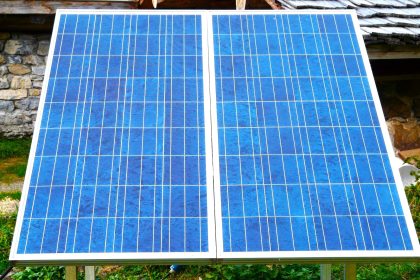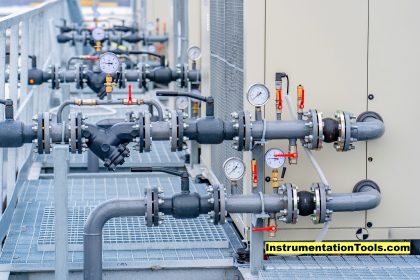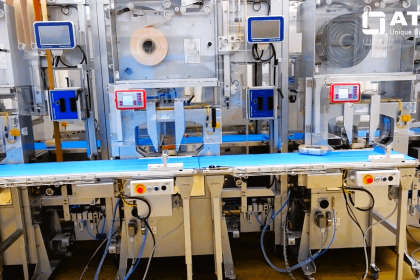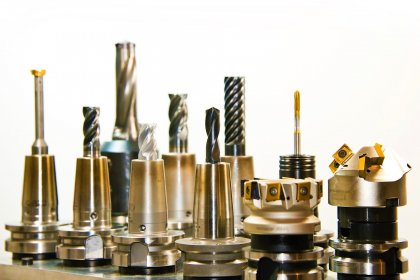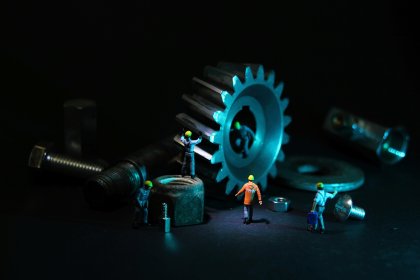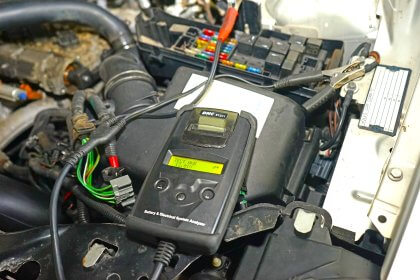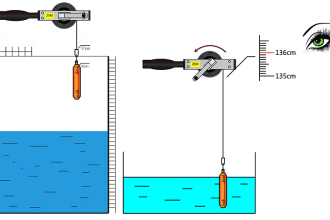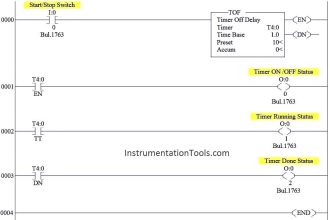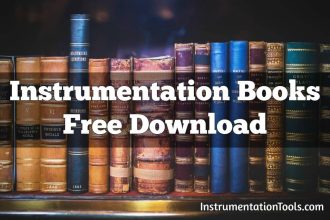Have you ever thought of a motion that’s direct, perfect, and continuous? Enter linear electric motors, the engineering marvels driving a new technological era. These motors provide linear motion that is transforming industries, whether propelling high-speed trains or placing components with pinpoint precision. Let’s explore their design, industrial impact, and the innovative ways they’re shaping the future.
Linear Electric Motor
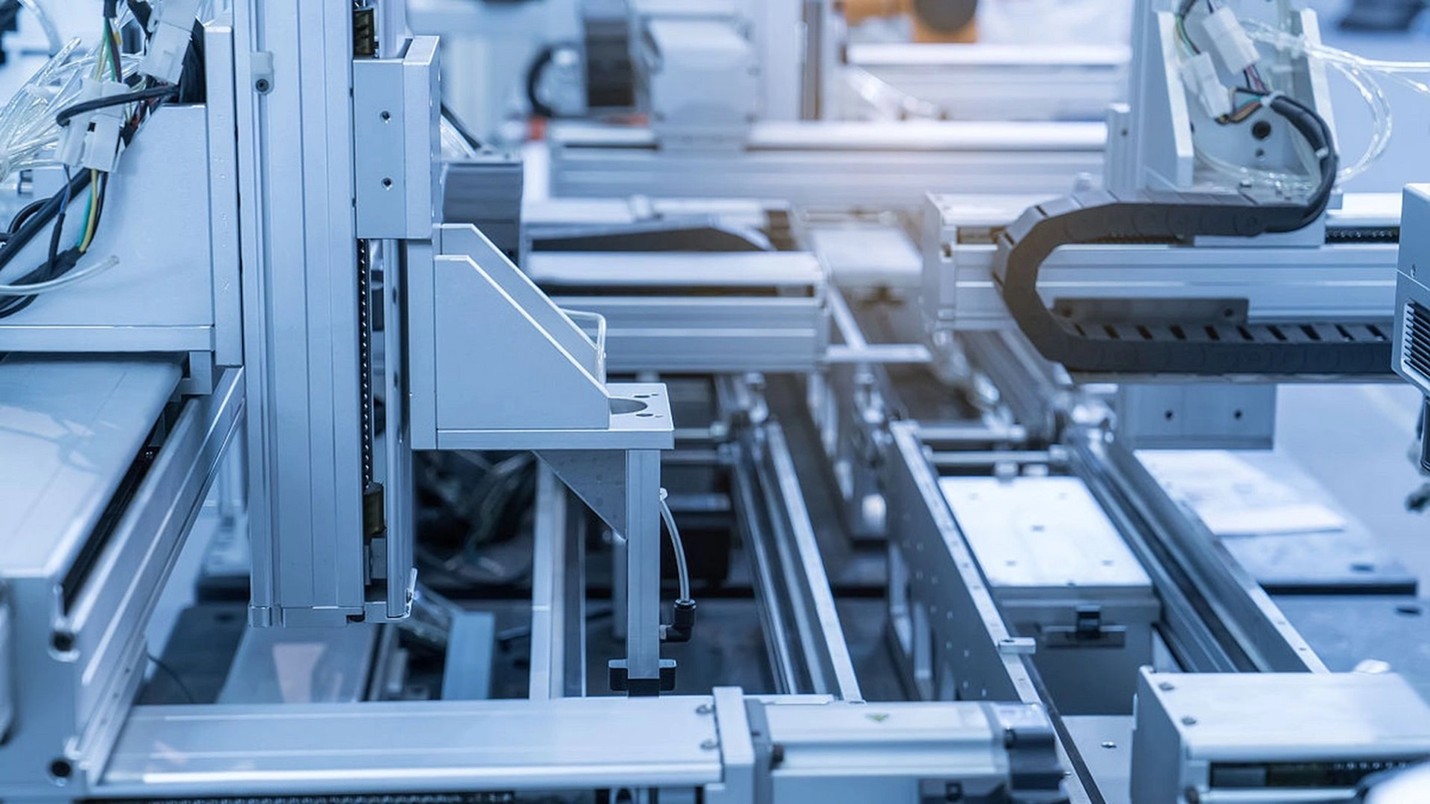
A linear electric motor operates on electromagnetic principles by reconfiguring the traditional stator and rotor of a rotary motor into a linear arrangement. The stator, typically composed of a series of coils or magnets, acts as a stationary track, while the moving part, known as the forcer, slides along it. When current passes through the coils, a magnetic field is generated. This field interacts with the magnets or conductors in the forcer, producing a force that drives motion. This direct-drive mechanism eliminates the need for gears, belts, or screws, reducing mechanical complexity and wear.
Types of Linear Motors
There are several types of linear motors tailored for different applications. Linear induction motors (LIMs) induce currents in a conductive plate to create motion, making them ideal for high-speed transport systems. Linear synchronous motors (LSMs), which use permanent magnets, offer high accuracy and repeatability. On a smaller scale, piezoelectric and voice coil motors excel at micro-positioning tasks. Whether used for rapid acceleration or high-force precision tasks, these motors are remarkably adaptable.
The Impact of Linear Motors
Industries have embraced linear electric motors for their simplicity and efficiency. By eliminating mechanical components such as gears, these motors reduce friction, lower maintenance needs, and minimize downtime. This enhanced reliability translates into substantial cost savings, especially in high-demand environments.
Precision is another critical advantage. Linear motors offer sub-micron positioning accuracy, enabling breakthroughs in automation and manufacturing. Their direct-drive design provides quick response times and smooth motion without the backlash typically seen in mechanical linkages. This precision accelerates production and enables complex operations like semiconductor fabrication.
From an environmental perspective, linear motors are energy-efficient alternatives to traditional pneumatic or hydraulic systems. They reduce power consumption and eliminate issues related to fluid leaks. Their compact size and low weight further contribute to system efficiency, making them a cornerstone of sustainable innovation.
How Linear Motors Work?
At the heart of a linear motor lies its electromagnetic operation. In a linear induction motor, alternating current in the stator coils generates a traveling magnetic field. This field induces currents in the conductive forcer, which then produces a secondary magnetic field. The interaction between these fields results in motion.
In a linear synchronous motor, the forcer contains permanent magnets or electromagnets that synchronize with the stator’s magnetic field, allowing precise and coordinated motion.
The absence of mechanical intermediaries enhances efficiency but demands advanced control systems. Technologies like pulse-width modulation (PWM) and feedback sensors regulate current and monitor position, ensuring smooth and accurate movement. In high-power applications, cooling systems such as air or liquid cooling maintain performance by managing heat.
Applications of Linear Motors
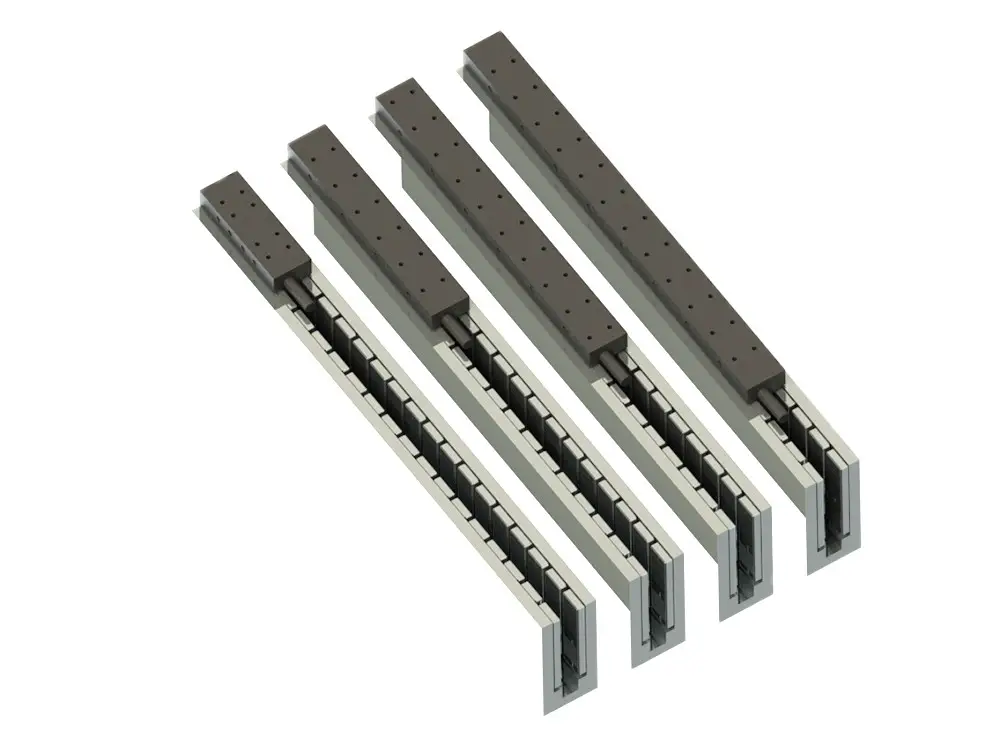
Linear electric motors power a wide range of applications, from advanced transportation to everyday devices. Maglev trains, like Japan’s SCMaglev, use linear synchronous motors to levitate and propel trains at speeds exceeding 500 km/h. In manufacturing, linear motors drive CNC machines, semiconductor tools, and 3D printers, providing the precision required for intricate tasks.
Robotics greatly benefits from the use of linear motors, enabling fast and accurate movements in assembly lines and automated systems. In healthcare, they are used in MRI machines and laboratory automation systems where quiet, reliable linear displacement is essential. Even the entertainment industry leverages this technology – linear induction motors launch roller coasters at thrilling speeds.
Smaller-scale applications include train door actuators, conveyor systems in logistics, and high-fidelity speaker systems, proving their versatility and importance in modern engineering.
Linear motors are truly engineering masterpieces, offering direct, efficient, and precise motion. By eliminating mechanical complexities, they have revolutionized industries from high-speed transportation to delicate medical equipment. Their benefits in terms of cost, sustainability, and performance continue to expand, positioning linear motors as foundational elements in the future of intelligent, smooth, and energy-efficient motion systems.
